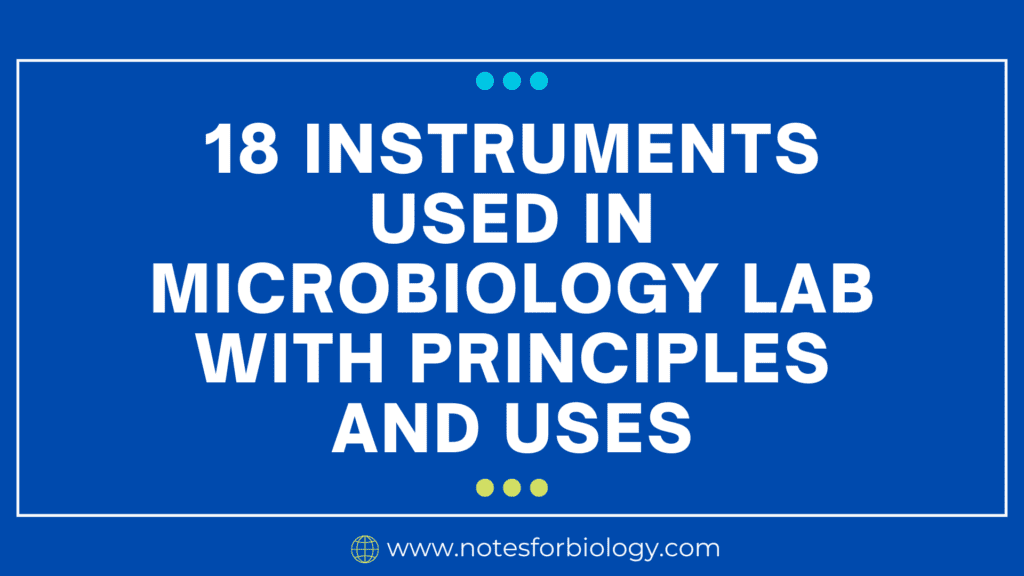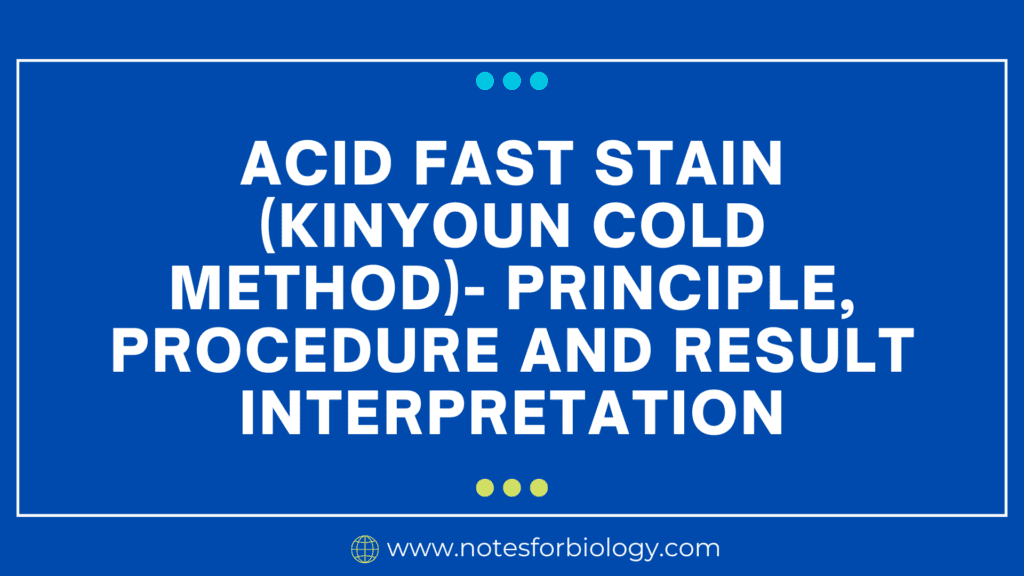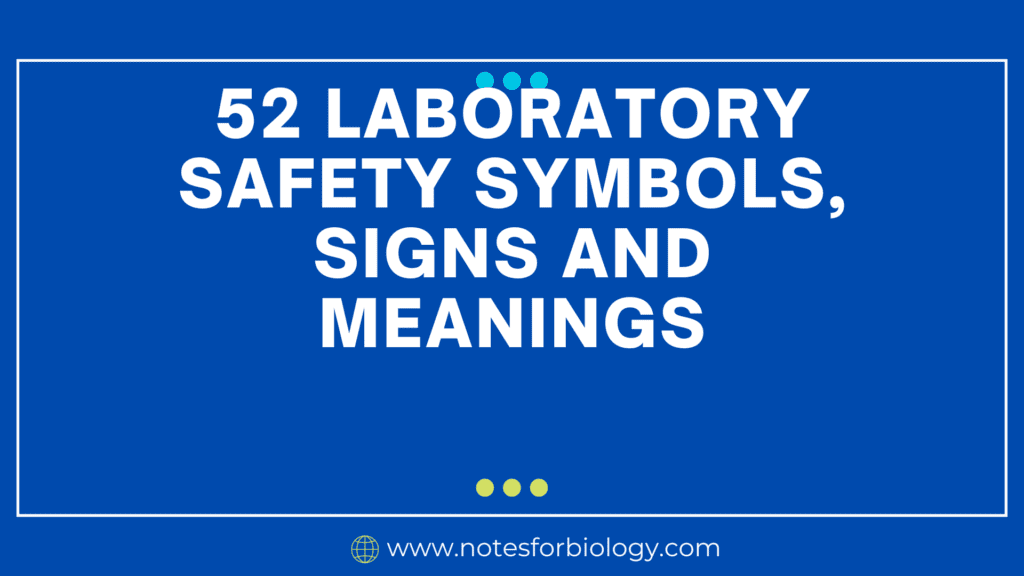Amoeba proteus- Habitat, Culture and Structures
Amoeba proteus is one kind of amoeba, a single-celled creature included under the kingdom Protista . Its capacity to shift shape and amorphous morphology are mainly attributed to the existence of pseudopodia, which are transient cytoplasmic extensions that are used for feeding and mobility. Amoeba proteus is a species of amoeba that is primarily found […]








